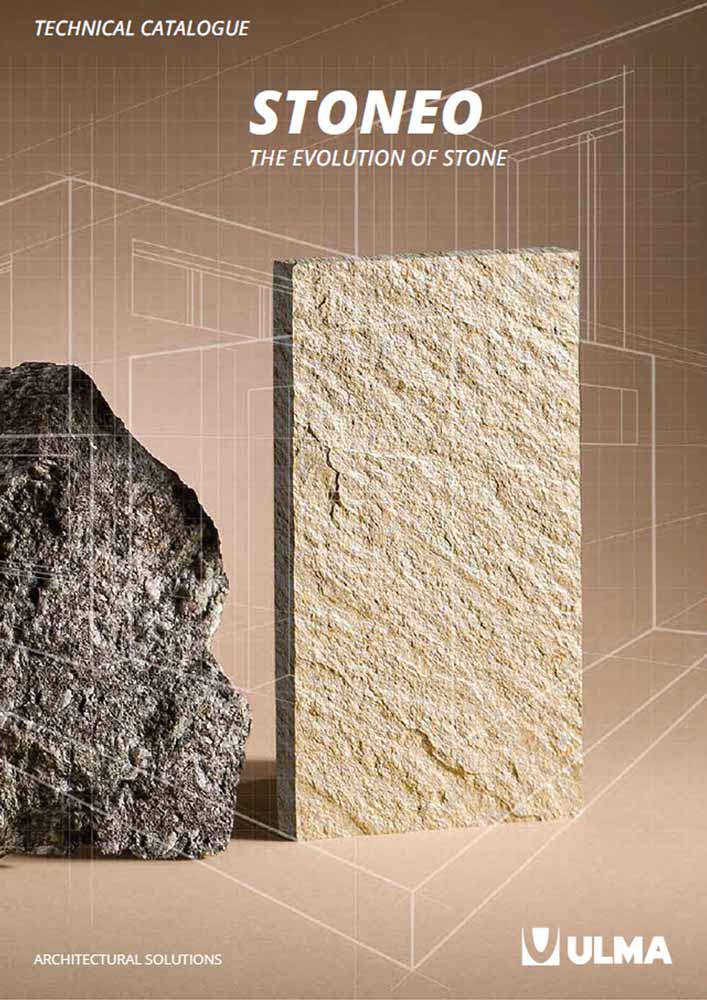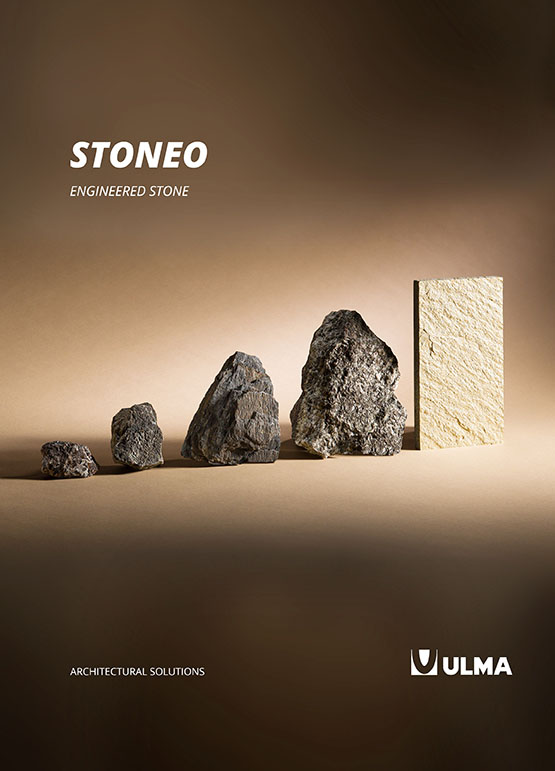ULMA recommends Glass and Rock wool as thermal insulation

In order for a ventilated facade to have optimal thermal insulation and for a building to achieve excellent energy efficiency, thus ensuring a comfortable temperature for its users, it is essential to use the correct insulation material.
Thermal insulation is placed inside the ventilation air chamber, on the so-called cold side of the supporting wall, adding continuous insulation along the inside face of the facade, while also insulating the perimeter.
Choosing the correct material is vital as this will have a significant impact on all aspects of the system's performance
Choosing the correct material is vital as this will have a significant impact on all aspects of the system's performance, such as its hygrothermal, acoustic insulation and fire resistance properties, among others. This is why it's essential to select a material based on the desired performance-
At ULMA, we recommend using mineral wool, whether glass or rock wool, as these types guarantee that your ventilated facade has excellent technical qualities. In addition, they also comply with the requirements and demands of the Spanish Technical Building Code (CTE).
Glass wool, best thermal and acoustic performance and optimal fire resistance with low resource consumption
Glass wool is a natural, mineral and inorganic product made up of intertwined glass fibres which are bound using a fire-resistant resin.
Glass mineral wool boasts great performance and energy efficiency
The intrinsic features of this raw material make it an excellent thermal and acoustic insulator, as well as being very resistant to fire. Thanks to these characteristics, it is highly rated by both professionals and consumers.
Glass mineral wool boasts great performance and energy efficiency as a result of the low density of the raw materials it is made from and its low use of resources.
The environmental benefits and performance of glass wool are complemented by another series of benefits:
- The raw material is made from natural minerals that are found in abundance in the Earth, such as sand, calcite and magnesite.
- A large percentage of recycled glass is used during its manufacture.
- It is a degradable material.
- Its porosity allows the air to remain occluded inside it, preventing heat transmission as much as possible, whether by convection, radiation or conduction.
- Its open, ordered and elastic structure, which is comprised of strands, help absorb sound waves, increasing its efficiency as an acoustic insulator.
- It doesn't trap or transmit humidity in its pores as it is a waterproof material, allowing it to transpire and, as a result, reducing the formation of condensation. In addition, glass wool includes several additives which act as water repellents.
- It is a material that easily adapts to the irregularities of construction elements, meaning that there is no need to make cuts which may foster the formation of thermal and acoustic bridges.
Rock wool, an extra light material which offers great protection against heat, cold, noise and fire
Rock wool is another type of mineral wool that is highly recommended for use in ventilated facades thanks to its outstanding insulation capacity, lightness and versatility. This type of wool mainly derives from basalt, another of our planet’s virtually infinite raw materials. Let’s take a look at its main strong points:
Rock wool is another type of mineral wool that is highly recommended for use in ventilated facades thanks to its outstanding insulation capacity
- After being melted and spun, the resulting rock wool is a very light and versatile material with excellent thermal and acoustic insulation properties and high resistance to fire.
- Highly recyclable, as it can be melted and transformed into the same product over and over again, without losing its quality.
- Great durability, lasting over 60 years.
- Its fibrous structure, in addition to its high density (between 40 and 100 kg/m2) mean that it is the perfect material for acoustic insulation, with a magnificent ability to absorb airborne and impact noise.
Both glass wool and rock wool are rated A1 in the Euroclass Reaction to Fire Classification System. This means that they never contribute to a fire and they do not emit any smoke or flaming droplets. In addition, rock wool withstands temperatures in excess of 1,000 °C, and as a result it is used in a wide range of construction solutions to protect against fire.
Contact us commitment-free and our experts will advise you on your projects.
Other insulation materials, such as polyurethane foam, also have a great insulation capacity and are quick and easy to apply. However, when compared with mineral wools, their main drawback is that they are inorganic materials and, as a result, combustible, meaning that they offer no protection against fire.
At ULMA, we are specialists with years of experience in ventilated facades and we always work in accordance with the strictest efficiency, sustainability and safety criteria, choosing construction solutions that are in line with society’s main worries: we strive to protect the environment while offering efficiency and comfort.

